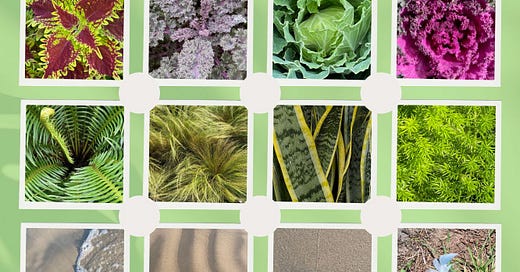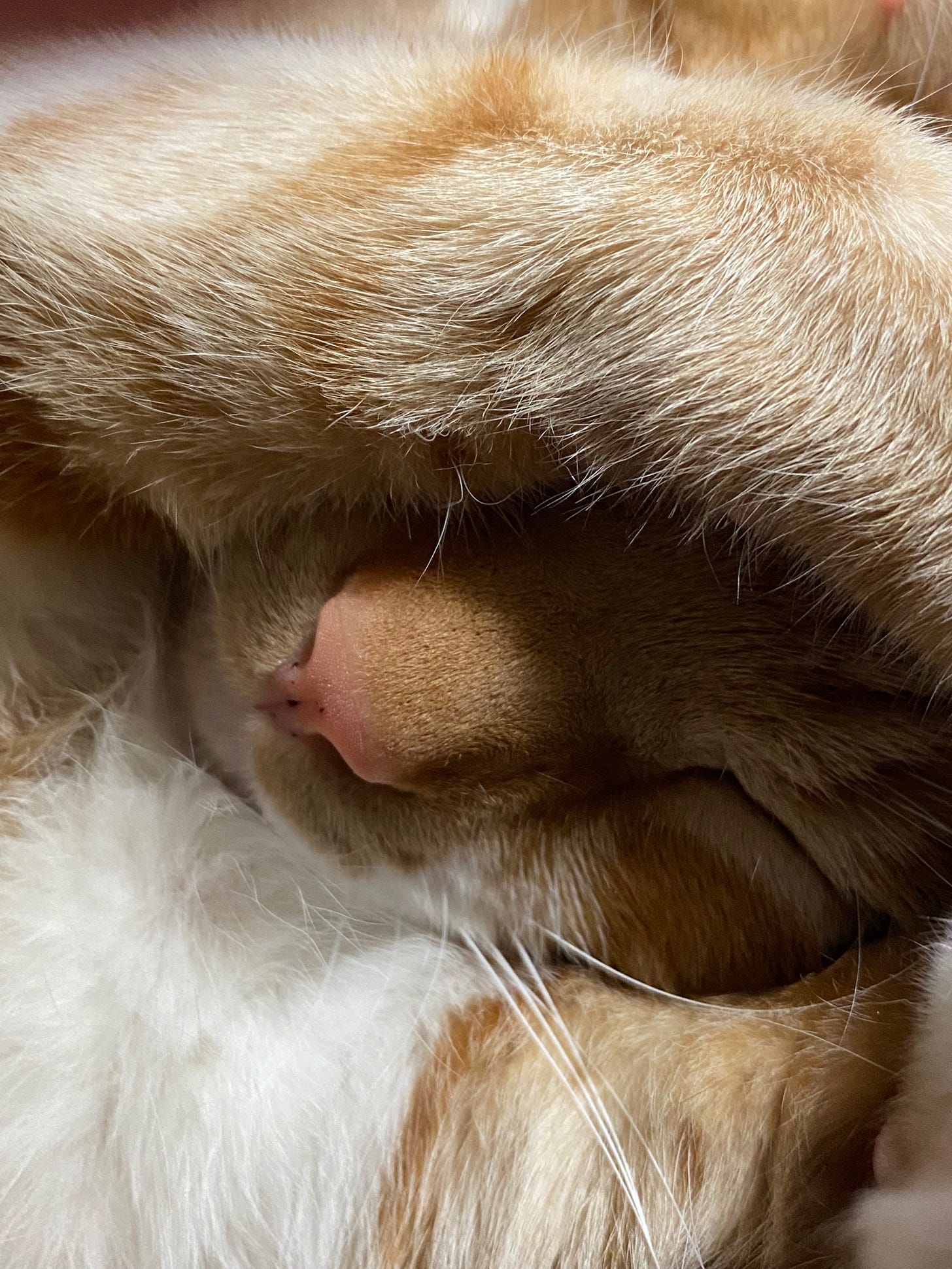“The real voyage of discovery consists not in seeking new landscapes but in having new eyes.” ~ Marcel Proust
Before I attempt to write about contemplative photography, I feel I should first qualify this post by saying I do not consider myself a photographer. I’m not even sure I meet the requirements of an amateur photographer, but I do love to take pictures! Although I don't know much beyond looking through the lens, focusing on the subject, and “shooting” a photo, I find great enjoyment in capturing snapshots of moments in time.
Like many people, I no longer own a traditional camera since the advent of smartphones equipped with built-in digital cameras. And, if someone were to swipe through the photos on my iPhone, they would probably notice a fairly narrow range of subjects. My pictures are either of family, nature, or my cats. They would also observe that the majority of my nature photos are somewhat unusual because they are what I consider contemplative photography.
Now, most of us are familiar with photography, but its contemplative aspects may be open to interpretation. The root word “contemplate”, a verb, is often associated with concentrated thinking, something that requires significant focused effort. However, as a spiritual practice, contemplation is more about giving our undivided attention or presence to something than thinking about it. In contemplation, we open ourselves to receive whatever the focus of our attention has to offer us, be that focus on a word, a passage of text, an image, or an object.
So, in contemplative photography, we bring all of ourselves into the moment as we focus on (give our attention to) the subject being photographed. We also come to this practice willing to view the subject without preconceived notions or judgments about what it is or how it appears. We see things directly, as they are, not how we expect them to be, paying attention to details like color, patterns, and texture without mental analysis. You could say, in contemplative photography, we see with “new” eyes. The Buddhist name for this type of photography is Miksang, a Tibetan word meaning “good eye.” (If you want to know more about this type of photography, you can do an internet search on Miksang and find a more in-depth description and some beautiful photographs.)
“To see and know a place is a contemplative act. It means emptying our minds and letting what is there in all its multiplicity and endless variety come in.” ~ Gretel Erlich
One of the characteristics of any contemplative practice, which certainly holds true for contemplative photography, is experiencing a different sense of time. In fact, it is quite common to lose track of time when one is “all in”. It is as if the world and its worries recede into the background or disappear altogether. The mystics call this kairos time. Whereas chronos, or chronological time, is linear (quantitative), kairos time is “Deep Time” (qualitative). In kairos time, our perception of chronos disappears, and we're able to be truly present.
“On days when I walk for the sake of seeing, the act of looking consumes my consciousness. The mind quiets down, giving way to the eyes, and the world enters through the silent portals. What thoughts occur in that timeless movement seem not to come from outside myself, but to surface from a place deep within, rising from a soul in search of expression.” ~ Jan Phillips
Another characteristic of contemplative photography is connection. When we are fully engaged with the object of our attention, seeing it as it is, the veil between subject and object becomes more permeable. Deep calls to deep; nothing is superficial. This open vulnerability allows us to see beauty (holiness) in the moment, in what we are gazing upon, and in ourselves.
“In the process of observing, of being wholly attentive, we are liberated momentarily from our sense of separateness, rapt in a oneness with the subject of our gaze…We all crave this oneness, this holy and mystical union, and are willing to travel to the ends of the Earth to find it. Yet it is ours to experience in every moment, wherever we are.” ~ Jan Phillips
Some might say that contemplative photography is seeing things through a child’s eyes - with innocence, openness, wonder, and curiosity. Unfortunately, many of these tender qualities dissipate as we age, due to a knowledge-acquiring educational system, adverse traumatic experiences, and the responsibilities we assume as adults. However, I have found one of the benefits of being a “mature” adult, especially in retirement, is reacquainting myself with these aspects of childhood. But you don’t have to wait until you retire to see with child-like eyes. All it takes to practice contemplative photography is a little time, a smartphone, and a patch of nature!
This reference to seeing like a child reminds me of two of Jesus of Nazareth’s sayings: 1) “the kingdom of God is in the midst of you” (Luke 17:21), and 2) “unless you change and become like children, you will not enter the kingdom of heaven”(Matthew 18:3). What if heaven is all around for those of us who, like children, have the eyes to see it? I believe contemplative photography offers us the opportunity to do just that, and I encourage you to give it a try.
“The camera is an instrument that teaches people to see without a camera.” ~ Dorothea Lange
Do you practice contemplative photography? If so, please share a photo or two with me in the comments.
If you are interested in knowing more about contemplative photography, here are a few books on the subject:
Phillips, Jan, God Is at Eye Level: Photography as a Healing Art, Quest Books, 2000.
Ulrich, David, Zen Camera: Creative Awakening with a Daily Practice in Photography, Watson-Guptil, 2018
Valters-Paintner, Christine, Eyes of the Heart: Photography as a Christian Contemplative Practice, Sorin Books, 2013.
Of course, there are many others. The internet is also a valuable resource.
If you have enjoyed this content, please consider sharing it with others who may be interested.
Peace on the journey,
Donna







Thank you, Mary! Perhaps photos are not an option in the comments section. I will have to check into that!
I could not get my photo to paste in this comment section but thank you for such an interesting essay!!